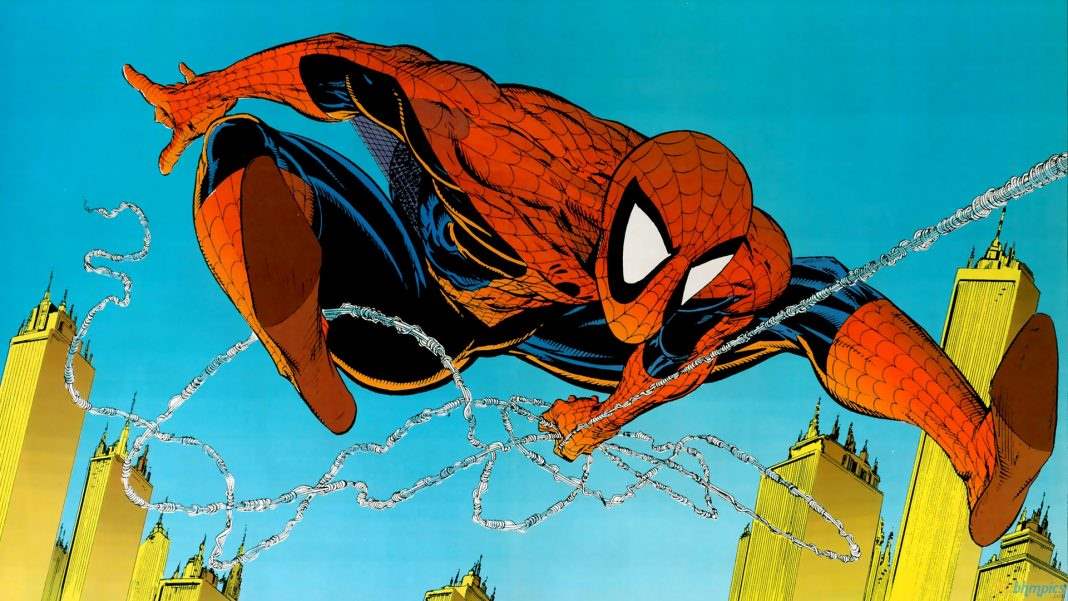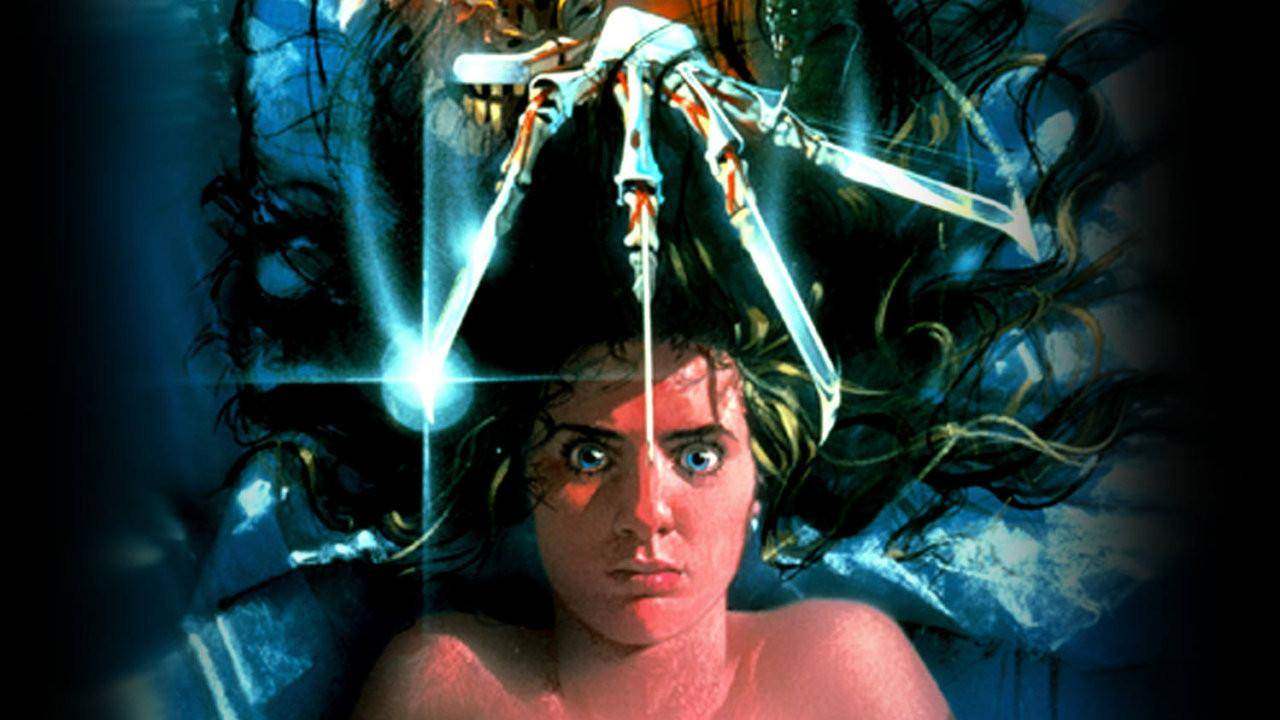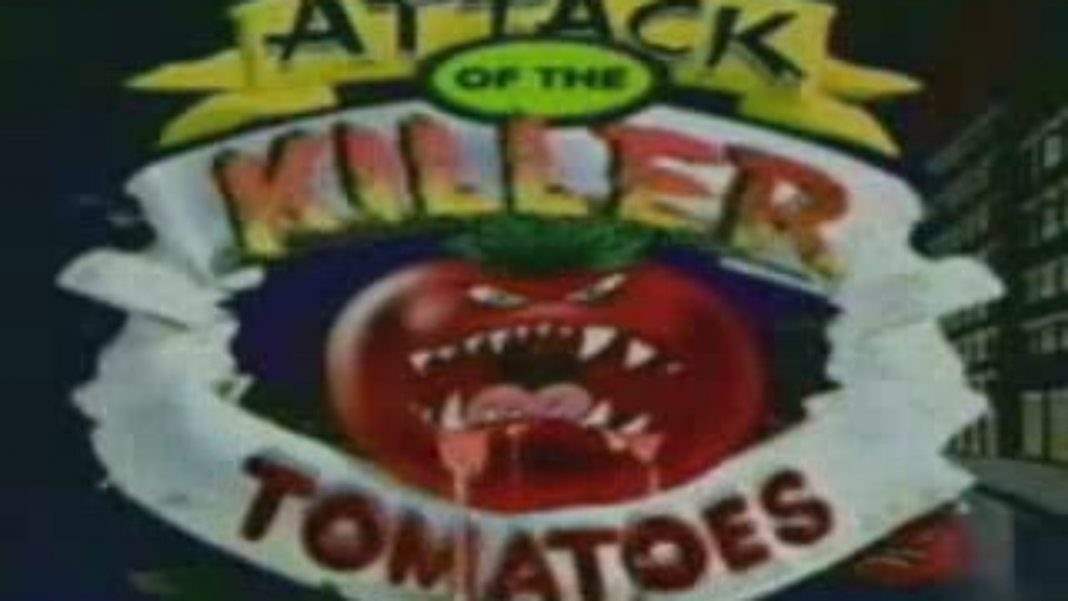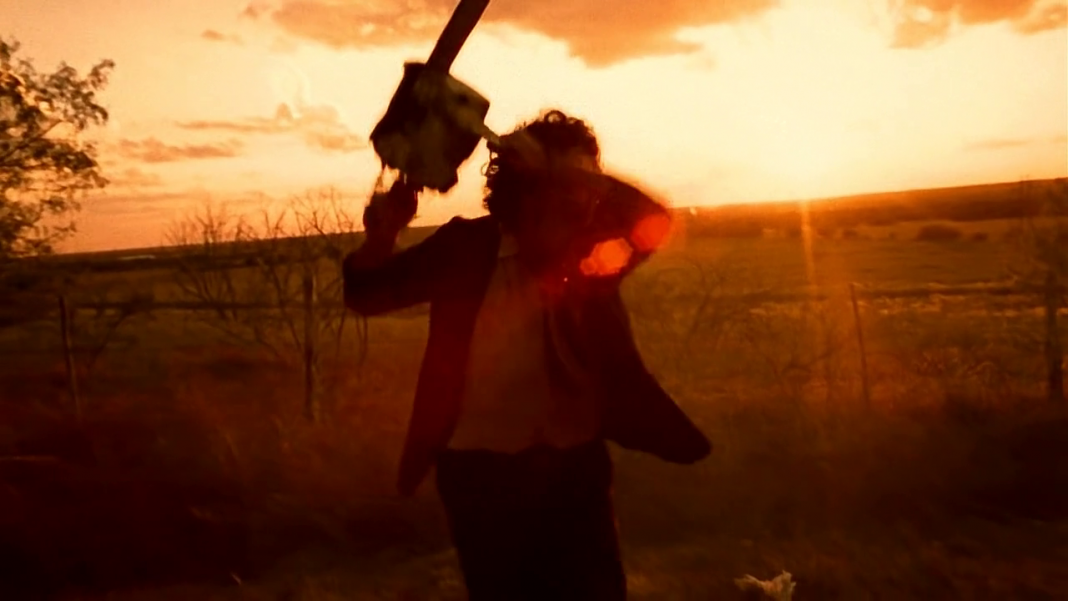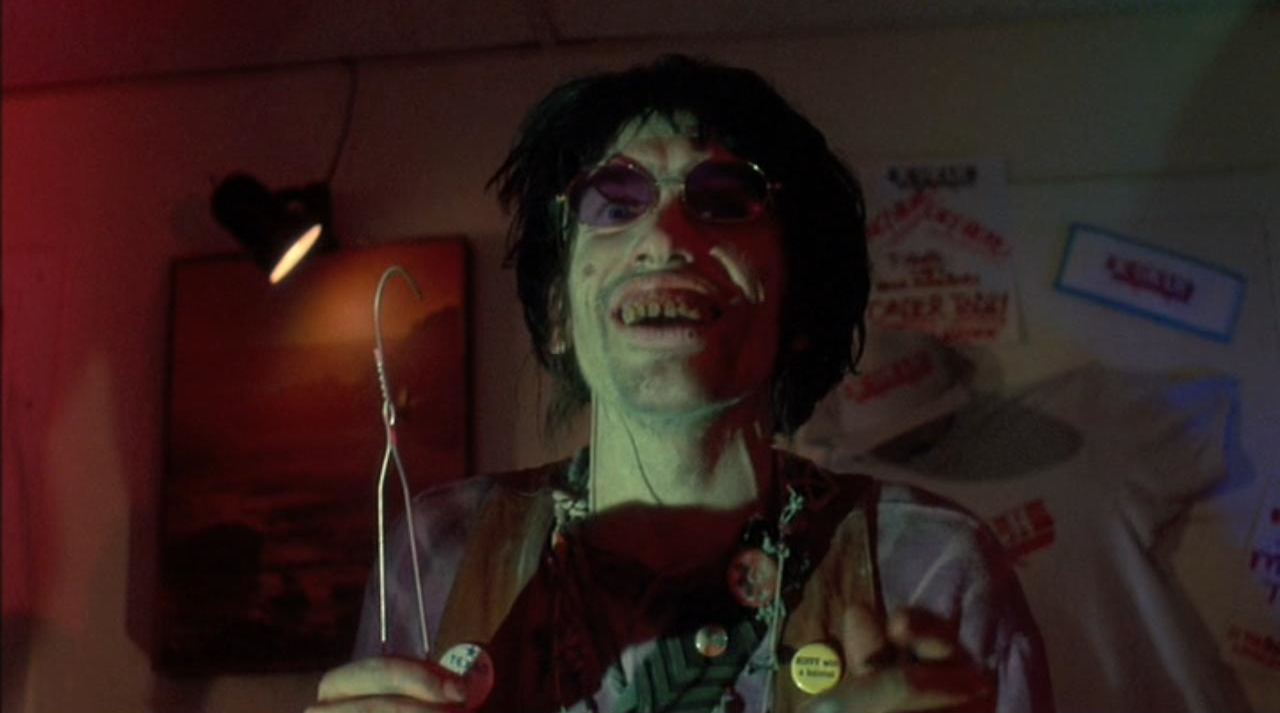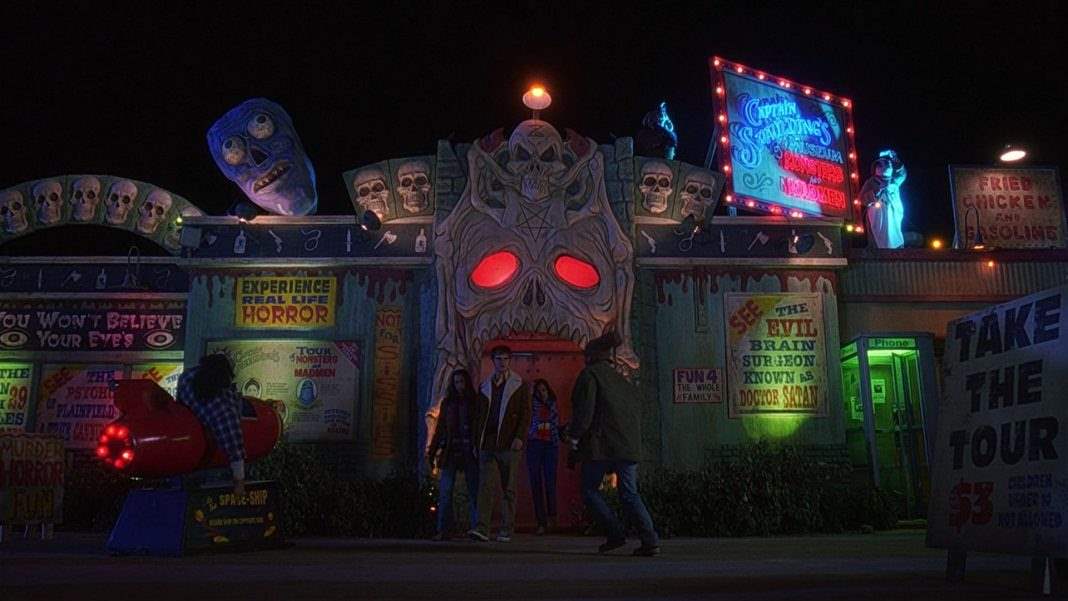Welcome to Script to Pieces, a recurring feature at Wicked Horror where we look at the best, most interesting and at times most unbelievable horror movies that never happened. Sometimes these will be productions that never came together at all, other times, they will be original incarnations that were completely different from what we wound up with. Each should be fascinating in its own way, because the stories of movies that never see the light of day can sometimes be even more interesting than the stories of those that do.
While Spider-Man continues to be one of the most profitable cinematic icons—he is set to make three big screen appearances this year, in Avengers: Infinity War, Spider-Man: Into the Spider-Verse and potentially Venom—he had an extremely difficult time actually getting off the ground on screen in the first place. Marvel was far from always being the blockbuster powerhouse that it is today. Before Blade, their only US theatrical release had been Howard the Duck. In that era of low budget affairs and TV movies, there was an attempt to adapt their flagship character as their first theatrical production.
The film would be produced by none other than Cannon Films, notorious for their cheesy, over-the-top exploitation movies throughout the ‘80s and ‘90s. This was the studio behind Texas Chainsaw Massacre 2 and Lifeforce, behind Chuck Norris vehicle Invasion U.S.A. and the movie adaptation of Masters of the Universe. It’s clear that even if Spider-Man had been made through Cannon, it wouldn’t have been at anything approaching the size or scope we eventually saw.
While there would be many attempts to put together Cannon’s Spider-Man throughout the ‘80s, the initial attempt remains among the most baffling “what if” stories of all time. Golan and Globus, the legendary producers behind Cannon Films, knew that Spider-Man was a hot title. They knew that it was popular and that kids loved it, and that was it. Neither of them, however, had ever so much as seen a picture of Spider-Man and they had no interest in seeing one or having the concept explained to them.

Leslie Stevens, creator of The Outer Limits, was hired to pen said treatment. In this version the character—at the very least still named Peter Parker—was an ID badge photographer at a top secret lab. After being roped into an experiment, Parker would begin to transform into a monstrous half-human/half-spider hybrid. It turns out that a sinister scientist is creating many of this mutant hybrid monsters as a sort of master race that he naturally expects to take over the Earth.
This spider abomination still retains some semblance of his humanity and refuses to join the scientist’s master race. Instead of going through with his decision to kill himself, he fights back against the other mutations in what would no doubt have been a spectacular rubber monster frenzy. Clearly, this was the version of Spider-Man that kids and fans had always been dreaming to see.
Despite having only the name in common with the source material, Golan and Globus pushed ahead with their treatment and began looking for a director. Horror legend Tobe Hooper had recently set up shop at Cannon, where he was in the middle of prepping both Texas Chainsaw Massacre 2 and the remake of Invaders from Mars. Interestingly enough, this was also around the same time that he was nearly courted to direct Return of the Living Dead as well.
 Hooper seemed to like the treatment well enough to consider working on the project, which would have only strengthened its case as what could have been the most bizarre comic book adaptation of all time. Eventually, though, there was a bit of a push to make a version of Spider-Man that resembled the character people were familiar with.
Hooper seemed to like the treatment well enough to consider working on the project, which would have only strengthened its case as what could have been the most bizarre comic book adaptation of all time. Eventually, though, there was a bit of a push to make a version of Spider-Man that resembled the character people were familiar with.
Cannon began rebranding their Spider-Man to represent the comic book character, even if it would still be an adaptation on a Cannon-sized budget. Hooper was apparently less interested in making a superhero film, so he bowed out and Golan and Globus brought in The Prowler and Friday the 13th: The Final Chapter director Joseph Zito instead. He also brought with him Final Chapter scribe Barney Cohen as well. During the Cannon years, House and House II writer Ethan Wiley also penned a version of the script.
 Ultimately, Cannon’s Spider-Man never got off the ground, largely due to the fact that there was a contractual note that the rights would lapse if the film was not in production by April of 1990. Throughout the ‘90s, James Cameron was famously attached.
Ultimately, Cannon’s Spider-Man never got off the ground, largely due to the fact that there was a contractual note that the rights would lapse if the film was not in production by April of 1990. Throughout the ‘90s, James Cameron was famously attached.
Clearly we were always meant to have Spider-Man with a horror director at the helm, though, because 2002 would finally bring us Sam Raimi’s celebrated and record-breaking take on the character. Finally bringing this character to the screen in a way that celebrated the character’s history would appear to crack the code for so many characters, helping to pave the way for the comic book movie boom we’ve been in for the past 18 years.
